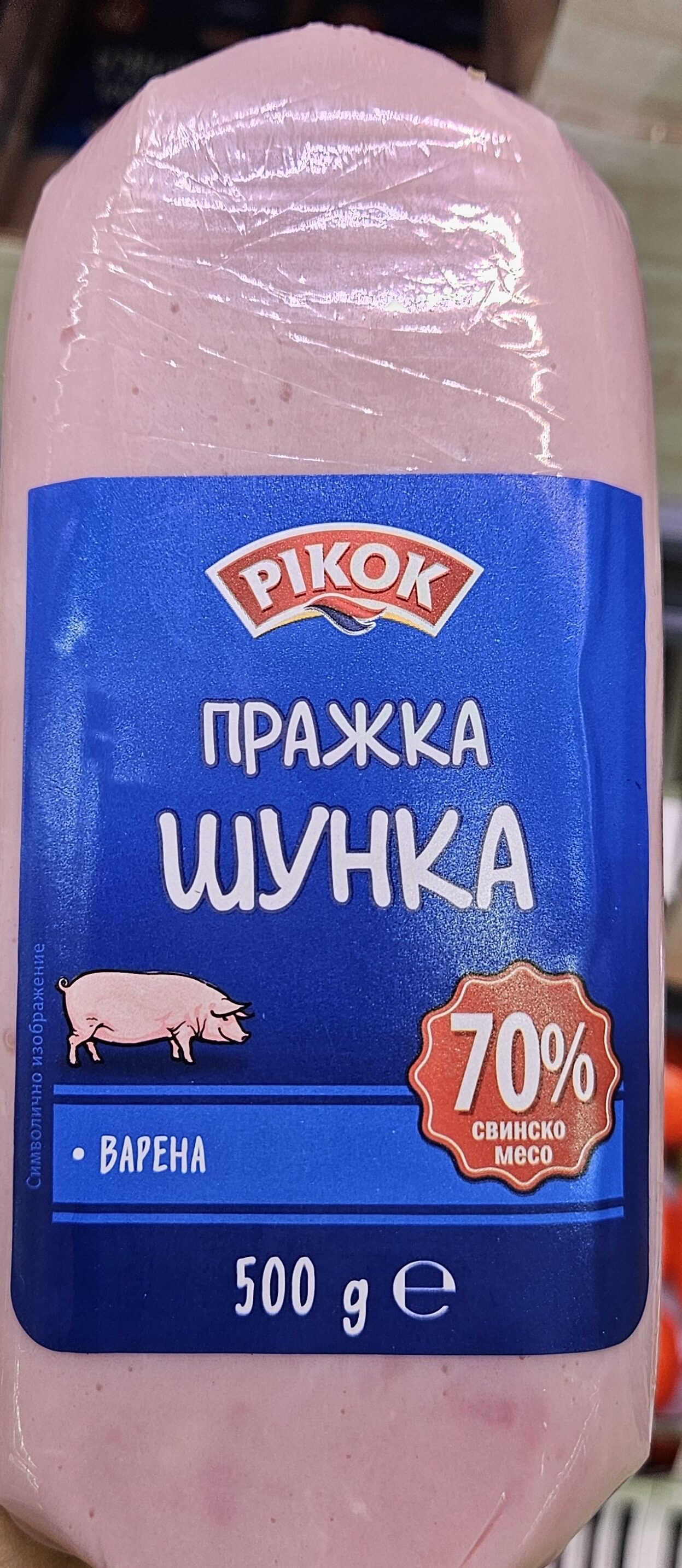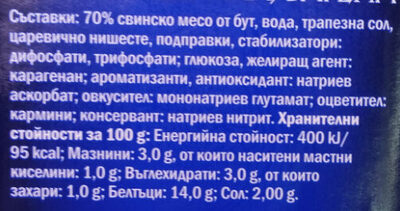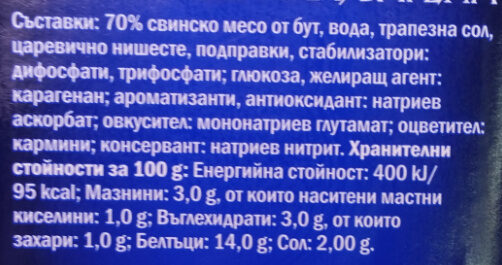Пражка шунка - Pikok - 500 g
Ambiguous barcode: This product has a Restricted Circulation Number barcode for products within a company. This means that different producers and stores can use the same barcode for different products.
×
This product page is not complete. You can help to complete it by editing it and adding more data from the photos we have, or by taking more photos using the app for Android or iPhone/iPad. Thank you!
×
Barcode: 20359522
Quantity: 500 g
Packaging: Plastic
Categories: Meats and their products, Meats, Pork and its products, Pork, Колбаси, ro:Produse din carne, ro:Salam, ro:Sunca
Origin of ingredients: Romania
Manufacturing or processing places: România, Prahova
Traceability code: FSC C141406
Stores: Lidl
Countries where sold: Romania
Matching with your preferences
Environment
Packaging
Transportation
Report a problem
Data sources
Product added on by inf
Last edit of product page on by roboto-app.
Product page also edited by adriaxx, ayyyvocado, openfoodfacts-contributors, packbot.
If the data is incomplete or incorrect, you can complete or correct it by editing this page.









